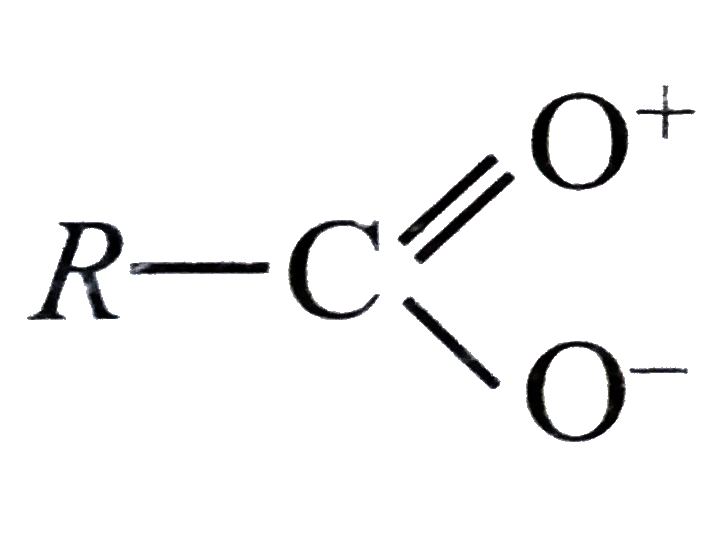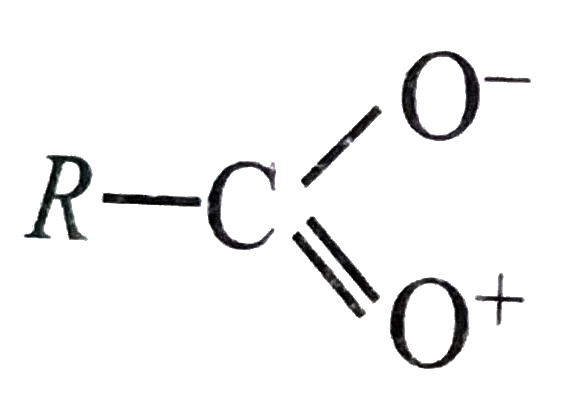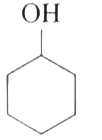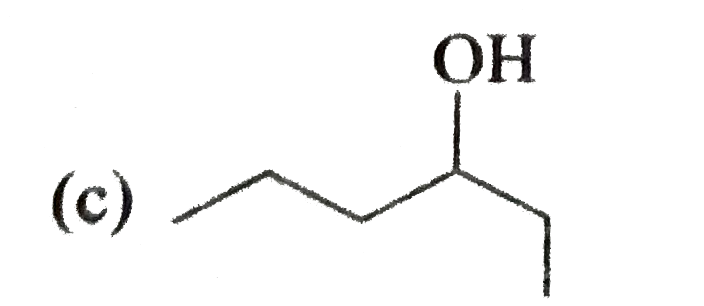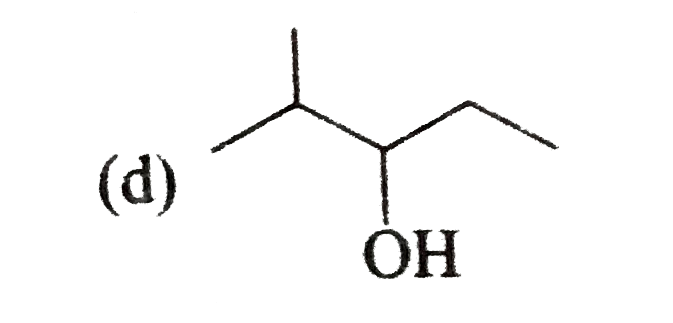Explore topic-wise InterviewSolutions in .
This section includes InterviewSolutions, each offering curated multiple-choice questions to sharpen your knowledge and support exam preparation. Choose a topic below to get started.
| 31251. |
The cost of electricity required to deposit 1 g of Mg is Rs.3.00. The cost of deposit 8 g of Al is (al.mass Al = 27 , Mg = 24) |
|
Answer» RS.`12.00` `therefore (W_(Al))/(1)= (24//2)/(27//3) = (12)/(9)` `therefore W_(Al) = (12)/(9)` gms. When 1 gm of Mg deposited at the same time , `(12)/(9)` gm of Al deposited by passing same quantity of ELECTRICITY For 1 gm Mg `-=` it cost three rupees `therefore (12)/(9) g Al -= x : x = (3 xx (12//9))/(1) = 4` rupees `therefore` For 8 gm of Al `-= 8 xx 4 = 32` rupees |
|
| 31252. |
The cost of electricity required to deposit 1 g of Mg is Rs 3.00. The cost to deposit 8 g of Al is __________. )At. Mass Al = 27 , Mg = 24) |
|
Answer» RS 12.00 |
|
| 31253. |
The cost at 5 paise/KWH of operating an electric motor for 8 hours which takes 15 amp at 110V is |
|
Answer» RS 66 |
|
| 31254. |
The corrrect relationship between K_c and K_p is gaseous equilibrium is: |
|
Answer» `K_C = K_P (RT)^DELTAN (B)` |
|
| 31255. |
The corrosion of iron object is not favoured by |
|
Answer» presence of `H^(+)` ION |
|
| 31256. |
The corrosion of iron object is favoured by |
|
Answer» PRESENCE of `H^(+)` ION |
|
| 31257. |
The corrosion of iron object is favoured by: |
|
Answer» PRESENCE of `H^+` ion |
|
| 31258. |
The correctr statement regarding electrophile is- |
|
Answer» electrophile is a NEGATIVELY charged species and can form a bond by accepting a pair of electrons from another electrophile |
|
| 31259. |
The correct values of ionisation energies of Si, P, Cl and S are respectivey: |
|
Answer» `786,1012,999,1256` |
|
| 31260. |
The correct values of ionization enthalpies (in kJ "mol"^(-1)) of Si, P, Cl and S respectively are :- |
|
Answer» 786, 1012, 999, 1256 `underset(3s^(2)3P^(2))(SI) lt underset(3s^(2)3p^(3))(P) lt underset(3s^(2)3p^(4))(S) lt underset(3s^(2)3p^(5))(Cl)` `underset(1256)(Cl) gt underset(1012)(P) gt underset(999)(S) gt underset(786)(Si)` |
|
| 31261. |
The correct three dimensional presentation of ethane is |
|
Answer»
|
|
| 31262. |
The correct thermodynamic conditions for a non-spontaneous reaction at all temperature is |
|
Answer» `(delta H LT 0 and delta S GT 0)` |
|
| 31263. |
The correct thermodynamic conditions for the spontaneous reaction at all temperature is |
|
Answer» `DELTAHLT0 and DeltaS=0` For,`DeltaHlt0` and `DeltaSgt0, DeltaG=-ve` (ALWAYS) `therefore` SPONTANEOUS at all temperatures. |
|
| 31264. |
The correct stucture of ethylenediaminetetraacetic acid (EDTA) is |
|
Answer»

|
|
| 31265. |
The correct structure of the product of the following reaction will be (AAK_MCP_37_NEET_CHE_E37_009_Q01) |
|
Answer» `(AAK_MCP_37_NEET_CHE_E37_009_A01)` |
|
| 31266. |
The correct structure of trans-2-hexenal is : |
|
Answer»

|
|
| 31267. |
The correct structure representation of carboxylate ion is |
|
Answer»
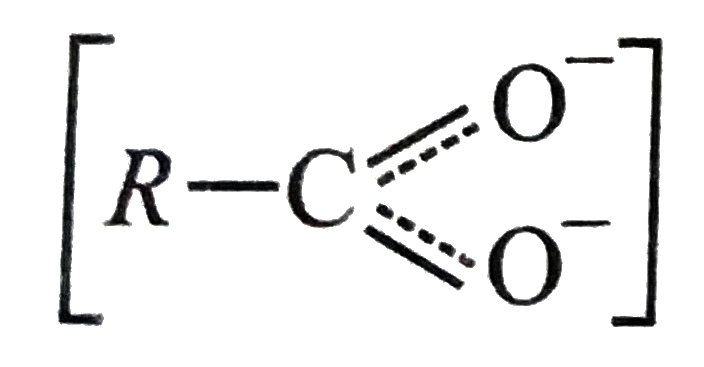 is a RESONANCE HYBRID of resonating structures. is a RESONANCE HYBRID of resonating structures. 
|
|
| 31268. |
The correct structure of the product 'A' formed in the reaction |
|
Answer»

|
|
| 31269. |
The correct structure of the product 'A' formed in the reaction A is …….. |
|
Answer»

|
|
| 31271. |
The correct structure of the drug paracetamol is ............... |
|
Answer»

|
|
| 31273. |
The correct structure of the dipeptide gly-ala is |
|
Answer»

|
|
| 31274. |
The correct structureof thedipeptide gly - ala is . |
|
Answer»
|
|
| 31275. |
The correct structure of product, D formed in the following sequence of reactions is |
|
Answer»
|
|
| 31276. |
The correct structure of product B, formed in the reaction sequence is (AAK_MCP_35_NEET_CHE_E35_020_Q01) |
|
Answer»
|
|
| 31278. |
The correct structure of hydroquinone or quinol is |
|
Answer»
|
|
| 31279. |
The correct structure of glycine at given pH are : |
|
Answer» `H_(3) overset(oplus)(N)CH_(2)-underset(underset(O)(||))(C)-OH""atpH=2.0` |
|
| 31280. |
The correct structure of Fe(CO)_(5) is |
|
Answer» octahedral |
|
| 31281. |
The correct structure of ethylenediamineteraacetic acid (EDTA) is |
|
Answer»
|
|
| 31282. |
The correct structure of Fe(CO)_5 is |
|
Answer» octahedral |
|
| 31283. |
The CORRECT structure of ethyldiaminetetraacetic acid (EDTA) is ____________. |
|
Answer»
|
|
| 31285. |
The correct structure of 4-bromo-3-methyl but-1 ene is: |
|
Answer» `BrCH=C(CH_(3))_(2)`<BR>`H_(2)C=C(CH_(3))CH_(2)CH_(2)Br` |
|
| 31286. |
The CORRECT structure of dipeptide gly-ala is _________. |
|
Answer»
|
|
| 31288. |
The correct structural formula of pyridinium chlorochromate is …… |
|
Answer»
|
|
| 31289. |
The correct structural formula of potassium tri oxalate aluminate (III) is |
|
Answer» `K_3[AL(C_2O_4)_3]` |
|
| 31290. |
The correct statements with respect to Ellingham's diagram among the following are I) Magnesium reduces aluminium oxide below 1700 K II) Aluminium reduces magnesium oxide above 1700 KIII)Aluminium reduces magnesium oxide below 1700 K IV) Magnesium reduces aluminium oxide above 1700 K |
|
Answer» I & II |
|
| 31291. |
The correct statemet is |
|
Answer» the earlier members of lanthanoid series RESEMBLE CALCIUM in theirchemicalproperties. |
|
| 31292. |
The correct statement(s) to the adsorption of a gas on a solid surface is (are) |
|
Answer» Adsorption is ALWAYS exothermic Activation energy in more |
|
| 31293. |
The correct statements (s) regarding, (i) HClO, (ii) HClO_(2) ,(iii) HClO_(3)and (iv) HClO_(4) is are |
|
Answer» The number of Cl=O bonds in (ii) and (III) together is two  `**` Number of lonepair on Cl in (ii) & (iii) together is 3 `**` Hybridisation of Cl in (iv) is `sp^(3)` `**` Strongest acid is `HClO_(4)` (iv) |
|
| 31294. |
The correct statements (s) about Cr^(2+) and Mn^(3)is(are) [Atomic numbers of Cr= 24 and Mn= 25] |
|
Answer» `Cr^(2+)` is a reducing agent (b) `Mn^(3+)` is an oxidizing agent asitgets reduced to `Mn^(2+)( 3d^(5)`which is more stablehalf-filledconfiguration ). (c )`Cr( 24) = 3d^(4) 4s^(2):. Cr^(2+ ) = 3d^(4)` `Mn(25) = 3d^(5) 4s^(2):.Mn^(3+) = 3d^(4)` Thus, both `Cr^(2+)` and `Mn^(3+)` have `d^(4)` electronic configuration . (d) When `Cr^(2+)`is usedas a REDUCINGAGENT, it is OXIDIZED to `Cr^(3+)` which has `d^(3)` and not `d^(5)` configuration. |
|
| 31295. |
The correct statements regarding Mg(ClO_(4))_(2) ? |
|
Answer» is a SALT of hypochlorous acid `Mg(ClO_(4))_(2)` is called Anhydrone `Mg(ClO_(4))_(2)` is used an the electrolyte in dry batter. |
|
| 31296. |
The correct statement(s) regarding (i) HClO, (ii) HClO_(2), (iii) HClO_(3) and (iv) HClO_(4), is (are) |
|
Answer» The number of CL = O bonds in (II) and (iii) TOGETHER is TWO (b) Statement (b) is correct because the lone pairs of electrons on Cl in (ii) and (iii) is 2 + 1 = 3. (c) Statement (c) is also correct since hybridization of Cl in (iv) is `sp^(3)`. In fact, it is `sp^(3)` in all the four acids. (d) Statement (d) is wrong because strongest acid is (iv) and not (i). |
|
| 31297. |
The correct statements regarding defects in solids are |
|
Answer» FRENKEL defect is usually favoured by a very small difference in the sizes of CATION an anion The electrons trapped in anion vacancies are referred to as F-centers. Schottky defects arise when some atoms or ions are missing from their normal lattice points. Due to the presence of large number of vacancies in crystals, its density (i.e. physical property) is lowered. |
|
| 31298. |
The correct statement(s) pertaining to the adsorption of a gas on a solid surface is(are) (i) adsorption is always exothermic (ii) physisorption may transform into chemsisorption transform into chemisorption at high temperature (iii) physisorption increases with increasing temperature but chemisorption decreases with increasing temperature . (iv) chemisorption is more exothermic than physisorption , however it is very slow due to higher energy of activation. |
|
Answer» (i) and (IV) only |
|
| 31299. |
The correct statement(s) pertiaining to the adsorption of a gas on a solid surface is (are) |
|
Answer» Adsorption is always exothermic |
|
| 31300. |
The correct statement(s) pertaining to the adsorption of a gas on a solid surface is (are) |
|
Answer» Adsorption is always oxothermic |
|










